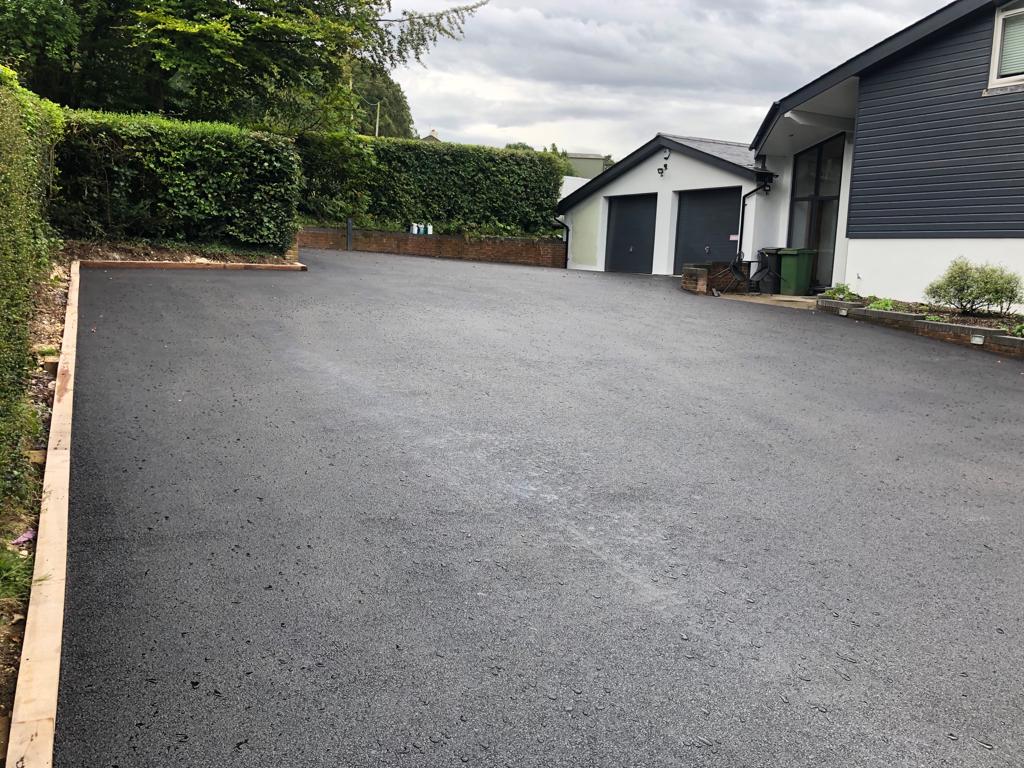Introduction: Potholes are a common sight on roads worldwide, causing inconvenience, damage, and safety hazards for drivers. However, understanding the underlying causes of potholes is essential to prevent and address them effectively. In this blog post, we’ll delve into the various factors contributing to the formation of potholes, shedding light on this persistent road menace.
Weather Extremes:
- One of the primary culprits behind potholes is extreme weather conditions. The cycle of freezing and thawing during winter months weakens road surfaces, causing cracks to form. Subsequent precipitation seeps into these cracks, further eroding the roadbed. When temperatures rise, the trapped water expands as it freezes, exacerbating the damage and creating potholes.
Poor Road Maintenance:
- Inadequate road maintenance practices can accelerate the formation of potholes. Failure to promptly address minor surface cracks and deterioration allows water to penetrate the road’s subbase, weakening its structural integrity. Without proper sealing and patching, these small defects escalate into larger potholes, posing safety risks for motorists.
Heavy Traffic Loads:
- High traffic volumes from heavy vehicles such as trucks and buses contribute to pothole formation. The repeated stress and weight exerted on road surfaces gradually degrade the asphalt, leading to surface depressions and cracks. Areas with frequent congestion or industrial activity are susceptible to potholes due to constant vehicle movement.
Water Infiltration:
- Water infiltration is a major catalyst for pothole formation, as it weakens the underlying layers of pavement. Poor drainage systems or clogged stormwater drains allow standing water to accumulate on road surfaces, increasing the likelihood of pothole development. Also, passing vehicles’ hydraulic pressure can force water into existing cracks, accelerating pavement deterioration.
Substandard Construction Materials:
- The quality of construction materials used in road infrastructure plays a significant role in pothole prevention. Substandard asphalt mixes or inadequate compaction during road construction make weaker pavement structures more susceptible to cracking and crumbling. Investing in high-quality materials and adhering to proper construction standards can mitigate pothole formation.
Addressing the Issue:
Preventing potholes requires a multi-faceted approach that addresses both the underlying causes and immediate repair needs:
- Regular Maintenance: Implementing routine road inspections and maintenance programs can identify and address potential pothole hotspots before they worsen.
- Proactive Repairs: Promptly patching small cracks and surface defects prevents water infiltration and minimises the risk of pothole formation.
- Innovative Technologies: Leveraging advanced pothole repair techniques, such as infrared patching and cold mix asphalt, ensures durable, long-lasting repairs that withstand traffic loads and weather extremes.
- Public Awareness: Educating motorists about reporting potholes and practising defensive driving techniques fosters a collaborative approach to road safety and maintenance.
Conclusion: While potholes may seem like an unavoidable nuisance, understanding their root causes enables us to implement proactive strategies for prevention and repair. We can work towards creating safer and more resilient road networks by addressing issues such as weather extremes, poor maintenance practices, heavy traffic loads, water infiltration, and substandard construction materials.
Call us on: 03 4159 2883
Click here to find out more about Ballarat Road Tech
Click here to complete our contact form and see how we can help with your road needs.

